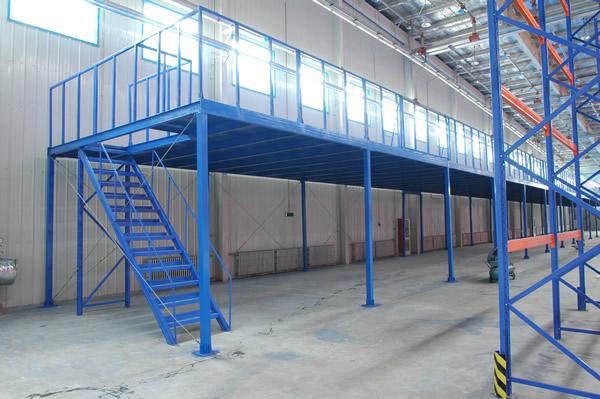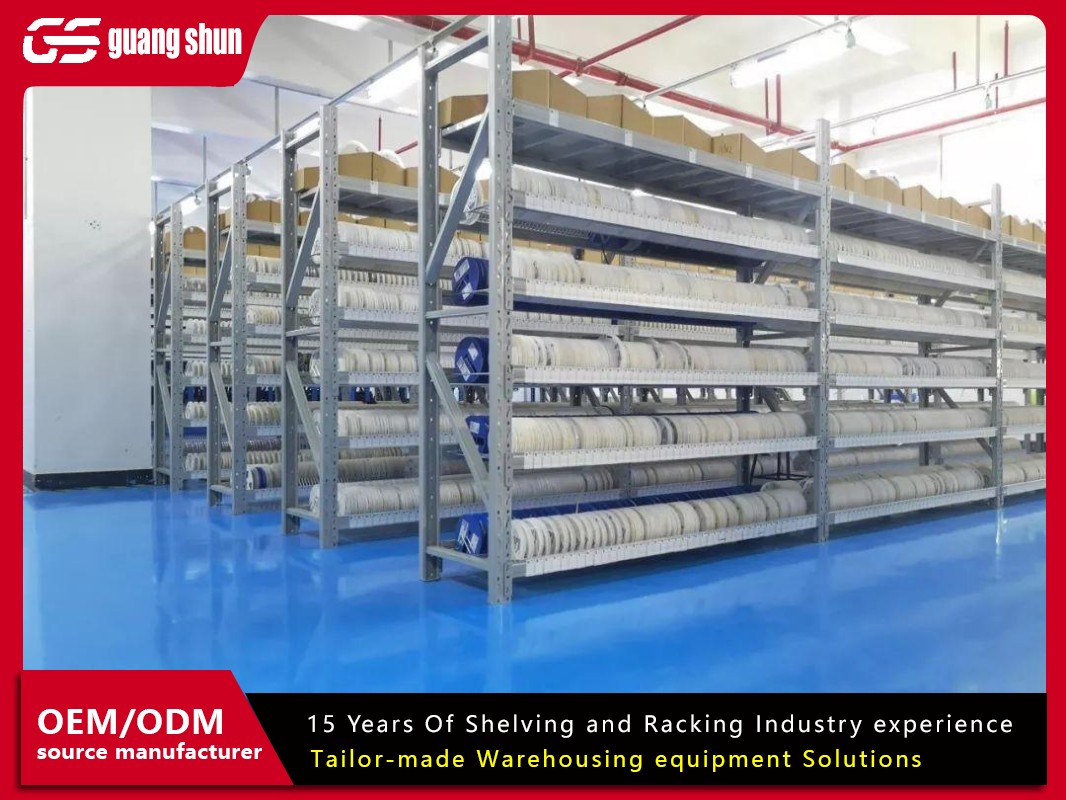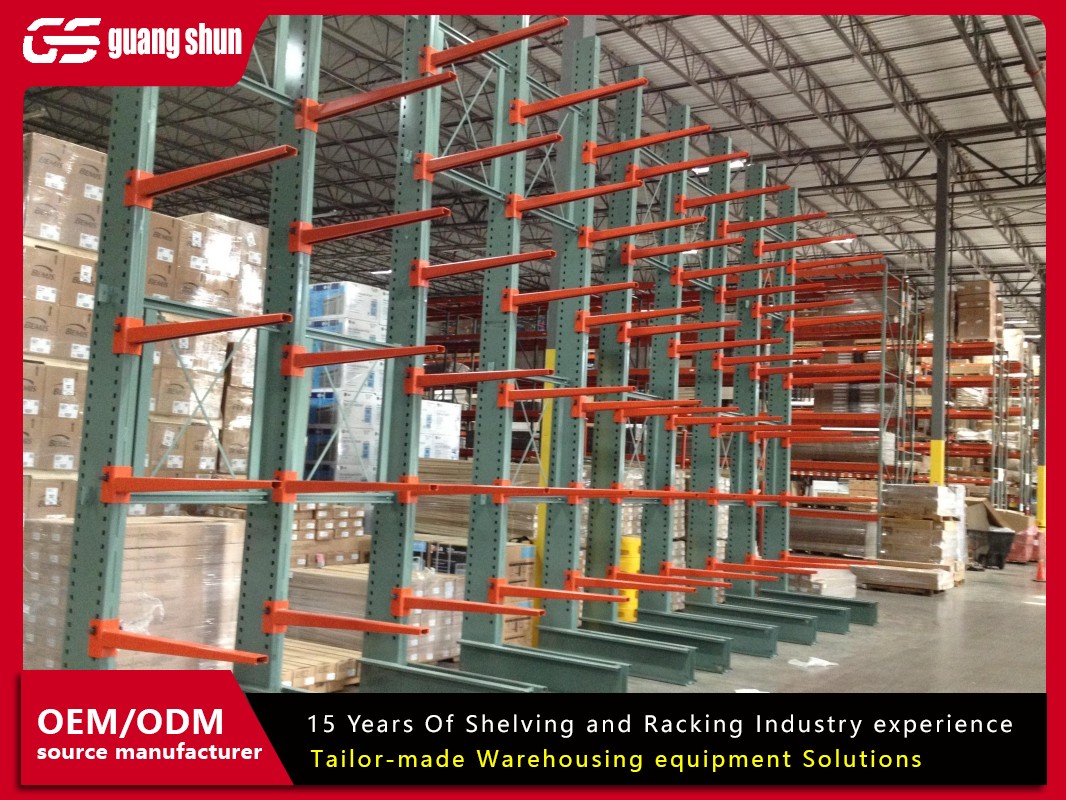Tired of opening a cupboard door only to have something fall out? Is your garage a no-go zone, filled with chaotic piles of tools and boxes? Or maybe your retail stockroom is so disorganised that finding a specific item takes far too long. The culprit is often a lack of proper structure, and the solution is simpler than you think: investing in the right organising racks.
This isn't just about tidying up; it's about transforming your space into an efficient, functional, and safe area. Whether for home, office, or industrial use, the correct racking system can revolutionise how you interact with your belongings. Let’s break down everything you need to know to make an informed decision.

The Hidden Cost of Disorganisation
Before we dive into solutions, consider what chaos costs you. In a home, disorganisation leads to wasted time searching for items, duplicated purchases because you can't find what you already own, and potential safety hazards from cluttered walkways. In a business context, the costs are even steeper. Inefficient storage leads to lost inventory, slower order fulfilment, decreased employee productivity, and a higher risk of workplace accidents. Implementing effective organising racks isn't an expense; it's an investment that pays for itself in saved time, money, and frustration.
A World of Options: Types of Organising Racks
Not all organising racks are created equal. The right type depends entirely on what you're storing and where. Here’s a look at the most common categories:
Shelving Racks: These are the most versatile. Think of the classic shelving unit you might have in your pantry or garage. They can be made from wire, wood, or particle board, and are ideal for boxes, bins, books, and tools.
Pallet Racking: The backbone of any warehouse. These heavy-duty storage racks are designed to store palletised goods. They maximise vertical space and are essential for high-density storage in industrial settings.
Cantilever Racks: Ever wondered how a hardware store stores long, awkward items like pipes, timber, or carpets? Cantilever racks are the answer. With arms that extend from a central column, they provide unobstructed access to lengthy materials.
Mobile Aisle Systems: For maximising space in high-density areas. Instead of having multiple static aisles, these organising racks are mounted on carriages that move along tracks, creating a single, temporary aisle. This can increase storage capacity by up to 100%.
Slotted Angle Racks: These are the DIY heroes of the racking world. Made from slotted steel angles and bolts, they are highly customisable and perfect for creating a bespoke storage solution for irregular spaces or items.
Matching the Rack to Your Space: A Practical Guide
Choosing the right system is a matter of asking the right questions.
For the Garage: You need durability and resistance to moisture and dust. Heavy-duty steel shelving racks or slotted angle systems are perfect. They can hold everything from car tires and toolboxes to bins of seasonal decorations. A brand like Guangshun offers galvanised steel options that resist rust, making them ideal for this environment.
For the Retail Stockroom: Efficiency and accessibility are key. A mix of shelving racks for smaller items and pallet racking for bulk inventory works well. Consider the weight of your products and how frequently you need to access them (a concept known as FIFO - First-In, First-Out).
For the Home Pantry or Linen Closet: Aesthetics matter here. Wire or wood shelving racks that you can adjust to accommodate different bottle heights, cans, or folded towels will create a clean, orderly look.
For the Industrial Warehouse: This is where heavyweights like pallet racking and cantilever systems come into play. Load capacity, seismic considerations, and forklift accessibility are critical factors. Compliance with industrial safety standards is non-negotiable.
Key Factors in Your Selection Process
When you’re ready to buy, don't just look at the price tag. Consider these critical aspects:
Load Capacity: This is the most important factor. Know the total weight you need to store and the weight per shelf. Always choose a system with a capacity that exceeds your estimated needs for a safety margin.
Durability and Material: Steel is the go-to for strength and longevity. Look for powder-coated or galvanised finishes to prevent rust. Wire racks offer excellent ventilation, while solid shelving is better for small items.
Adjustability: Your storage needs will change. Systems that allow you to easily adjust shelf heights offer long-term flexibility and value.
Ease of Assembly: Some heavy-duty organising racks require professional installation, while many smaller units are designed for DIY assembly. Check what’s required before you purchase.
Brand Reputation and Warranty: Investing in a reputable brand often means better quality materials, engineering, and customer support. Guangshun, for instance, provides clear load specifications and robust warranties on their racking systems, giving buyers peace of mind.

Understanding the Investment: Cost vs. Value
The price of organising racks varies wildly, from $50 for a simple wire shelf to tens of thousands for a full warehouse system. The cost is influenced by material, load capacity, size, and brand. While it might be tempting to go for the cheapest option, remember that this is a long-term investment. A poorly made rack can fail, damaging your inventory and creating a safety hazard. A quality system from a trusted supplier like Guangshun may have a higher upfront cost but will provide reliable service for decades, offering a far better return on investment.
The Engineering Behind the Strength
For those who are curious, the strength of steel organising racks comes from their design and manufacturing process. The steel is often cold-rolled, a process that increases its strength. The upright frames and beams are engineered to distribute weight evenly. The connection points, often using a teardrop design for easy assembly, are critical; they must be precisely manufactured to lock securely under load. Understanding this engineering highlights why quality matters and why proper assembly according to the manufacturer's instructions is so vital.
Conclusion: Reclaim Your Space
Disorganisation is more than an eyesore; it's an efficiency killer. By taking the time to assess your needs and invest in the right organising racks, you can reclaim your space, your time, and your peace of mind. From creating a serene pantry at home to streamlining a chaotic warehouse, the right racking system is the foundational step toward a more productive and orderly environment.
Frequently Asked Questions (FAQs) About Organising Racks
Q1: What is the main difference between wire and solid shelving organisng racks?
A1: The main difference lies in ventilation, visibility, and what they can hold. Wire shelving offers excellent air circulation, which is great for pantries or areas where moisture can be an issue, and it allows you to see items on the shelf below more easily. Solid shelving (made of wood, particle board, or steel sheet) is better for storing very small items that might fall through wire grids and often has a higher perceived aesthetic value for home spaces.
Q2: How do I safely install heavy-duty organising racks in my warehouse?
A2: Safety is paramount. For any heavy-duty racking system like pallet racks, it is highly recommended to use a professional installer. They will ensure the racks are perfectly level, anchored correctly to the floor, and that all components and safety locks are engaged. Always follow the manufacturer's instructions precisely, use the correct tools, and never exceed the stated load capacity. Regular inspections for damage are also crucial.
Q3: Can I mix and match components from different brands of organising racks?
A3: It is strongly advised against. Components from different brands are not engineered to work together. Interchanging beams and uprights, even if they seem to fit, can compromise the structural integrity of the entire system, leading to a catastrophic failure. Always use components from the same brand and product line.
Q4: My garage floor is uneven. Can I still install large organising racks?
A4: Yes, but it requires special attention. An uneven floor can make the rack unstable. The solution is to use adjustable levelling feet on the base of the uprights. Many manufacturers, including Guangshun, offer these as an accessory. These feet can be screwed up or down to compensate for floor irregularities, ensuring your rack is stable and level before loading.
Q5: How often should I inspect my industrial organising racks for damage?
A5: Formal, documented inspections should be conducted by a competent person at least annually. However, employees should be trained to perform and report basic visual checks daily or weekly. Look for signs of damage like dents or bends in the uprights or beams, damaged or missing safety locks, loose anchors, or any visible corrosion. Any identified damage should be addressed immediately.







